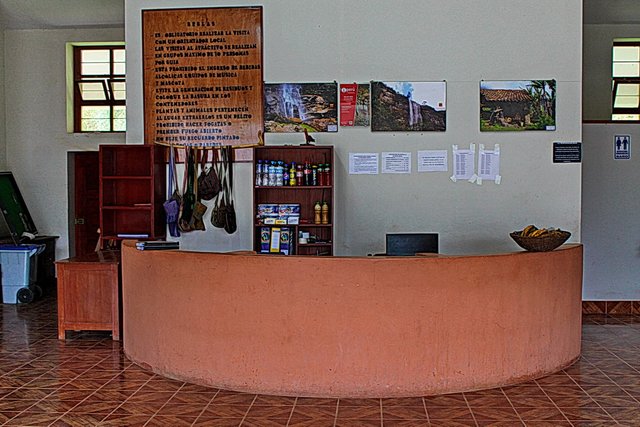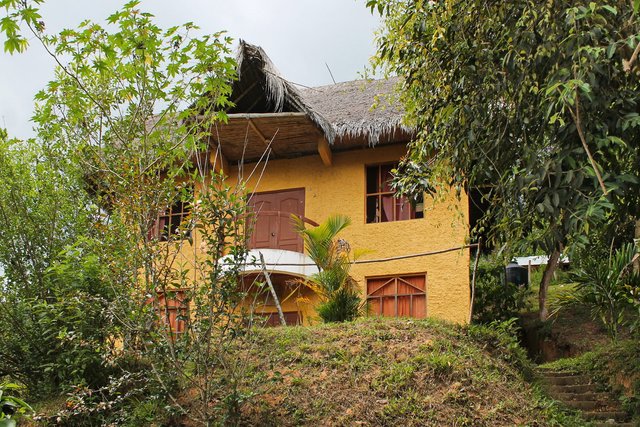LIVE THE FIELD EXPERIENCE OF SUSTAINABLE TOURISM ... OR NOT!
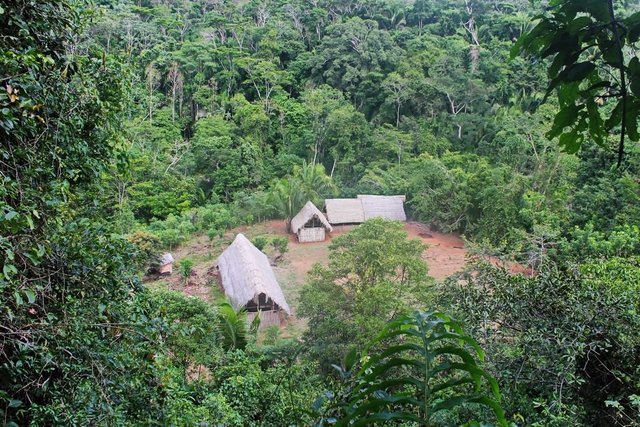
August 2015, Machu Picchu
After a beautiful hike through the Salkantay Trek, I was burning with impatience to look around, the sunrise of my 5 thday of walking, the famous Inca city. At 4:20 am, I was already starting to walk. First you must go to the access control before you can start climbing the mountain to the sanctuary, on a stone path, a hike of about 1 hour. You also have the option of getting to the site by bus. Moreover, when I arrived at the entrance of Machu Picchu, I was already preceded by buses of visitors. The site is beautifully beautiful. However, expect to share the experience with a multitude of visitors. During my visit to the shrine, I took the opportunity to see the Intipunku (or the Sun Gate). As it is at a certain distance from the entrance, I stopped regularly on the way to observe the archaeological ruins (and give a break to my many blisters on the feet!). Seeing a boy of about ten years walking on the ruins, I remembered the instructions of my guide, to warn people not to walk on the ruins. He quickly descended from the archaeological pedestal, but I remained skeptical ... How many others do it?
Sustainable development in tourism
Tourism development is sometimes a subject of debate at the social, cultural, economic and environmental levels. Obviously, who says development, says transformation. And this is where the concept of SUSTAINABLE DEVELOPMENT makes sense.
The United Nations (UN) proclaimed 2017 as the International Year of Sustainable Tourism for Development . I present you the conceptual definition of sustainable development in tourism of the World Tourism Organization (OMT) according to Teoros - tourism research journal :
"Guiding principles for sustainable development and sustainable tourism management practices are applicable to all forms of tourism in all types of destinations, including mass tourism and various tourism niches. The principles of sustainability concern the environmental, economic and socio-cultural aspects of tourism development. To guarantee the long-term sustainability of the latter, it is necessary to strike the right balance between these three aspects. 1 »
Tourism can be seen as a way of fighting poverty in developing countries. According to Francetveducation , it can allow a contribution of foreign capital, a modernization of infrastructures and job creations 2 . However, according to the same source, it holds a completely different side when it falls into the disproportion of mass tourism with social impacts such as the folklorization of traditional culture, sex tourism, adverse environmental consequences, saturation, etc. .
Historic Sanctuary of Machu Picchu
For the vast majority of tourists, traveling to Peru includes a visit to the famous Historic Sanctuary of Machu Picchu, architectural and artistic icon of the Inca civilization. With the growing number of visitors, UNESCO has sounded the alarm with the Peruvian government to regulate and restrict access to the site. The warning was so serious that UNESCO has gone so far as to include Machu Picchu in the list of World Heritage in Danger. It came close, but several changes were finally put in place. Thus, according to the magazine Ohmymag among the new measures implemented since 1 stJuly 2017 are the presence of two time slots per day, the limitation to three authorized paths and the obligation for tourists to contract a guide 3 . Moreover, according to El Colombiano , it is forbidden to access the site with food, drink, animals, musical instruments, aerosols, strollers, climb or lean on the walls, make graffiti and fires, collect plants or animals, undress (!), etc. 4
Recently, CNN news channel has released a list of tourist places not attend in 2018 because of the danger that the site can disappear 5 . Machu Picchu, one of the seven new wonders of the world since 2007, is on the list. CNN says the shrine received 5,000 people a day in 2016, double the number recommended by UNESCO. The impacts of the new restrictions put in place to control overcrowding are still to be seen, according to her. It also recommends tourists to visit the sanctuary during the rainy season since it is less busy. Officially, in 2016, 1,344,119 visitors visited the famous Inca site according to Machu Picchu Travel 6. To give you an idea, this figure represents approximately the number of visitors to the Canadian Museum of Civilization in Gatineau 7 ( Fracademic ). In 2016, Canada received a total of 20 million foreign visitors and Peru 3.75 million 8 . Obviously, far from me the idea of comparing the tourist economy of the two countries. I mention these figures for guidance only. The two countries have very different realities as well as economic, historical, anthropological, cultural, social, political, natural and environmental contexts specific to each. Above all, it is important to add that more than one foreign tourist out of two (or 58%) coming to Peru for a holiday is mainly motivated to visit Machu Picchu9 ( PromPerú ).
There is surely a lot of work to be done for a sound and sustainable management of the Historic Sanctuary of Machu Picchu. The UNESCO website list the factors affecting the well in 2017: avalanches / landslides, impacts of tourism / leisure visitors, floods, and the management system / management plan 10 . According to UNESCO, in 2016, the State Party 11submitted two reports, including a progress report and a report on the state of conservation of the property. The State Party mentions the proposal for a new model for sustainable tourism management. The monitoring carried out by the World Heritage Center and the Advisory Bodies has shown that "the evolutions observed are always guided by the desire to increase the number of visitors and the supply of services rather than the necessities linked to the conservation of the environment. good ". They remind the State of the primary conservation goal, which includes not only respect for visitor capacity, but also "the treatment of problems related to erosion, disturbance of wildlife and plant life, and increased solid waste and general pollution ".
Río Abiseo National Park and the Chachapoyas
Of course, despite its splendor, it would be reductive to believe that there is only Machu Picchu that deserves a visit to Peru. For example, did you know that among the properties inscribed on the UNESCO World Heritage List, in the mixed category (cultural and natural values), not only the Macchu Picchu, but also the Río Abiseo National Park 12? Río Abiseo National Park is a 2.5-hour drive from Tarapoto. It is located in the San Martín region of northeastern Peru, and as UNESCO so says, on the eastern slopes of the tropical Andes. As it is very close to my home in Peru, I had the opportunity to immerse myself in its grandeur on a weekend of November 2017. It is an experience full of adrenaline, unique and still little known. The activities are varied: bathing in magnificent waterfalls, visit of cellars, hiking in the virgin forest, evening in legends (or true stories according to what you believe) around the fire, boat trips (I do not tell you not the current!), etc. According to the UNESCO website, "the Rio Abiseo National Park was established in 1983 with, as its main objectives, to protect the exceptional fog forest, the Abiseo watershed and, explicitly, the cultural values of the site. No significant human intervention has occurred since its abandonment in the sixteenth century until its rediscovery in the nineteenth century. The geographical configuration, the isolation and the inaccessibility of the place have helped to preserve the authenticity of the pre-Columbian sites. "
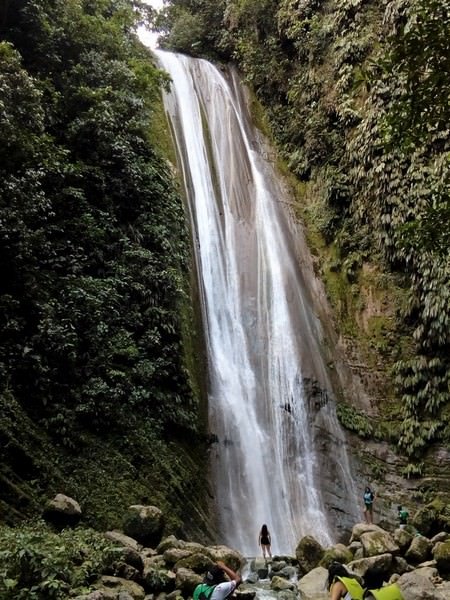
Rio Abiseo National Park
Within the Río Abiseo National Park there are 36 pre-Columbian archaeological sites including the "Gran Pajatén" . It is not accessible to visitors. Some shipments go there under government permission. It is currently, say, in the "raw" state, protected by vegetation. The site, located at 2,850 m above sea level, is a legacy of the Chachapoyas people or "warriors clouds". It is difficult to access for reasons that were in the days of security and defensive strategies. The style of Chachapoyas is easily recognized on the architectural level. According to Turismoi, their buildings are distinguished by their circular shape with reliefs carved in stone, mainly composed of geometric patterns but also animal and humanoid representations 13 .
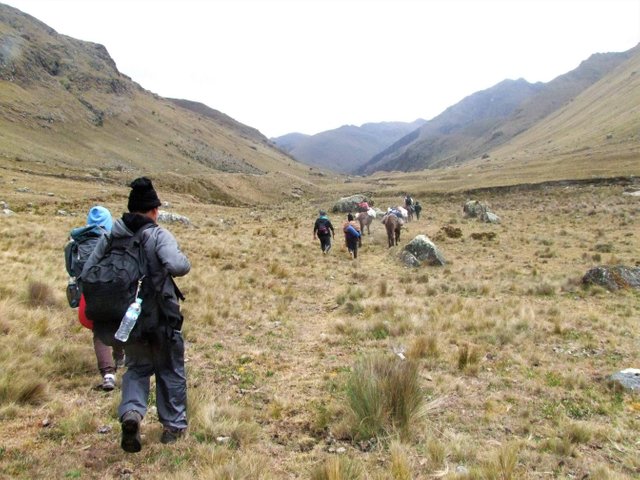
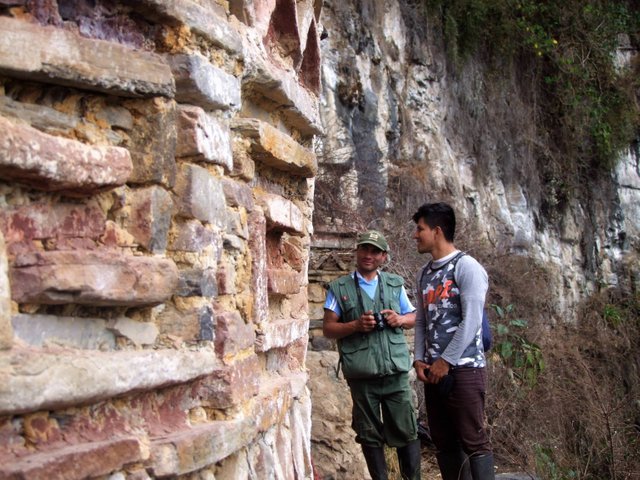
The Chachapoyas have built important monuments and I can not ignore the magnificent fortress Kuelap (officially a fortified city), located in the Amazonas region, north / northwest of the San Martín region. The fortress, built around the XI th century, is found to 3 000 m 14 ( Diario La Capital ). Impressive in its dimensions, it is 592 m long, 111 m wide and has a wall that reaches almost 20 m high in places 15 (Enperu ). To erect it, it would have required 3 times the volume of material necessary for the construction of the Pyramid of Cheops in Egypt 16 ( elpopular ).
I can testify to the lived experience since during my first visit to Kuelap in 2015, I could count on the fingers of one hand the number of tourists present. Obviously, since then, the number of visitors has increased. The inauguration of the first cable car in Peru last year, which covers a distance of 4 km in 20 minutes, has attracted more tourists. It offers a panoramic view of a landscape of mountains, valleys and agricultural fields. In 2017, 130,000 tourists visited the fortress, twice as many as in 2016 17 ( Andina, Agencia peruana de noticias). Now, if it is an impressive boost to tourism development, it will remain to evaluate the management and the lasting impacts or not of the project. Already, opinions are divided on the subject. While some see it as a greener and faster alternative to the traditional route, others are saddened by the visual pollution of the pylons and the impact to be expected on the villages along the traditional road 18 ( Perú Excepción ).
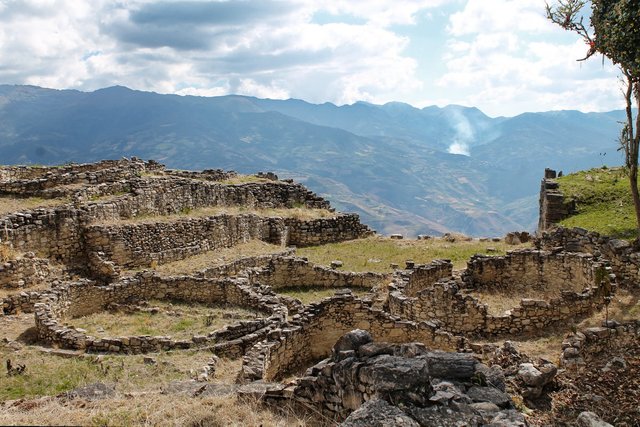
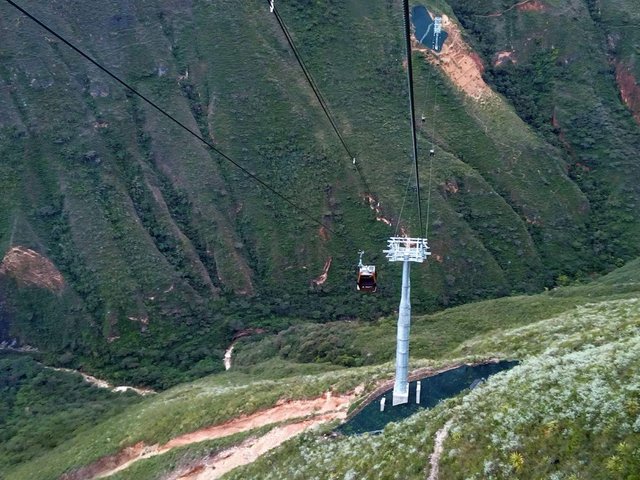
Cable car to get to Kuelap
Returning to the chachapoyas people, they are also recognized for their spirituality and worship of the dead (existing remains of sarcophagi and mausoleums) in places difficult to access. It is possible for tourists to observe some vestiges of the funerary traditions of Chachapoyas.
This people is also known historically in Peru for its numerous clashes with the Incas. If during the reign of the Inca Túpac Yupanqui they were finally submitted, the many revolts that ensued against the Inca authority will cause the Inca Atahualpa to ask Pizarro to help him fight them. Finally, it will be the Chachapoyas who will ally with the Spaniards in 1532 to fight the Inca Empire 19 ( Wikipedia ). Historical capsule as a bonus!
Community Tourism
Now, I would like to talk to you about tourism experiences in the community, often considered as alternative tourism in comparison to mass tourism. According to the Tourism Watch Network , community tourism is described as "local and community-run, which therefore receives a large share of the benefits" 20 . I have the privilege of working as a tourism volunteer with local and Aboriginal communities to improve their tourism offer. Of course, you will understand that my role is to advise communities in sustainable tourism development so that they can benefit from the impacts of development and improve their living conditions. The same article of the Réseau Veille Tourisme identifies the six core elements of community tourism: community participation and training, industry collaboration and partnership, local management and empowerment, environmental and community objectives, public and private sector support, and financial considerations for long-term sustainability.
On the visitor's side, the visitor aspires to live an authentic experience with the host community who share with him or her their way of life, their customs and their culture. It is also an opportunity for local communities to create moments of exchange between them and visitors. By talking with some women in the communities, they told me that they saw, through tourism, an opportunity to revalue their customs so that they could not only be shared, but also transmitted to younger generations.
As part of my mandate this year, I have the opportunity to work with two of my Uniterra volunteer colleagues, Marie-Helene Couette and Christian Claveau, in two Aboriginal communities. To do this, we work in collaboration with the University César Vallejo (UCV). Our role as counselor allows us to support these projects through the participation and involvement of UCV students and faculty. We want to strengthen students' capacities in tourism development and improve tourism supply and promotion within communities. Obviously, the process is not without challenges for these communities, whether through the process of decision-making, management or implementation. But I would be lying if I did not tell you how many meetings,
And you?
It is possible to visit the most beautiful places in the world, but I sincerely think that the unforgettable often lies in the generosity and the welcome of the people met. Will you try to experience the community tourism experience on your next trip?
